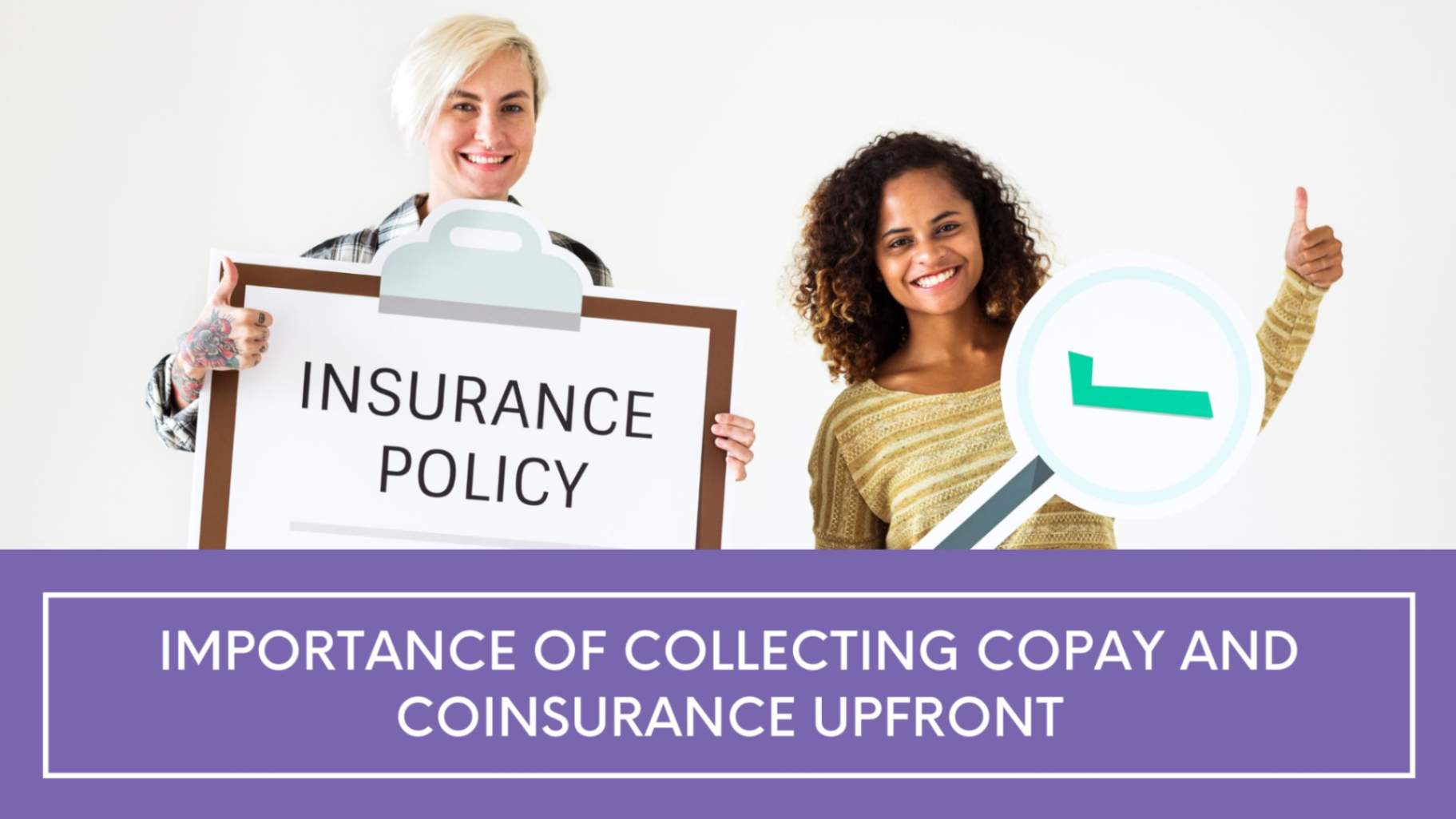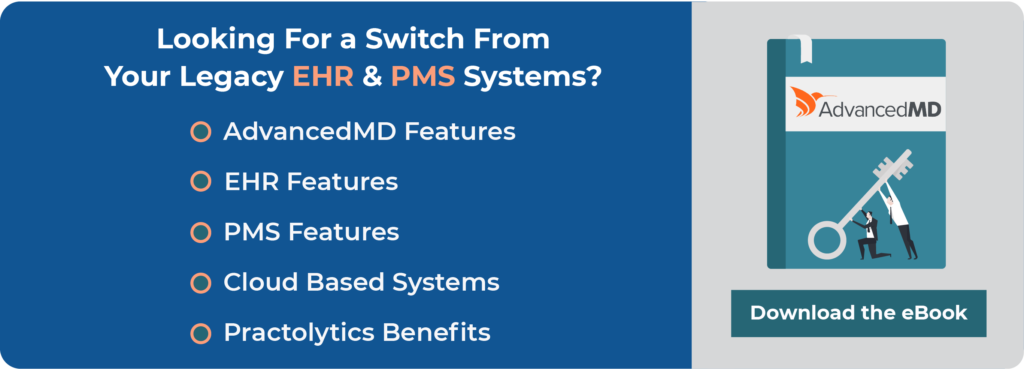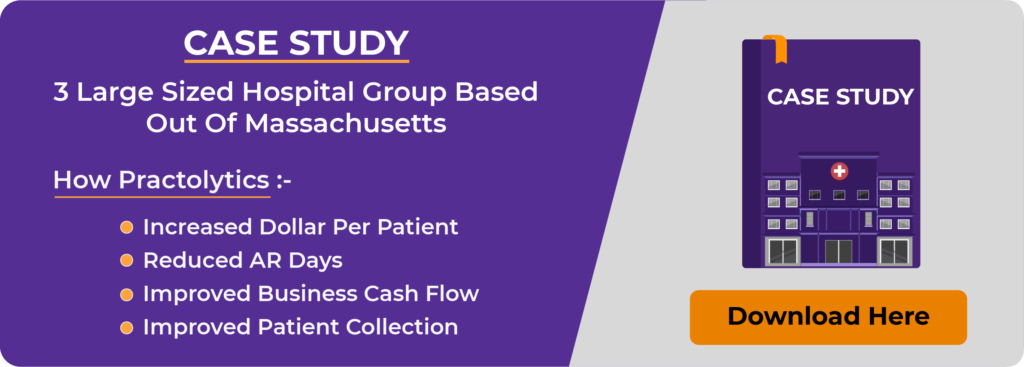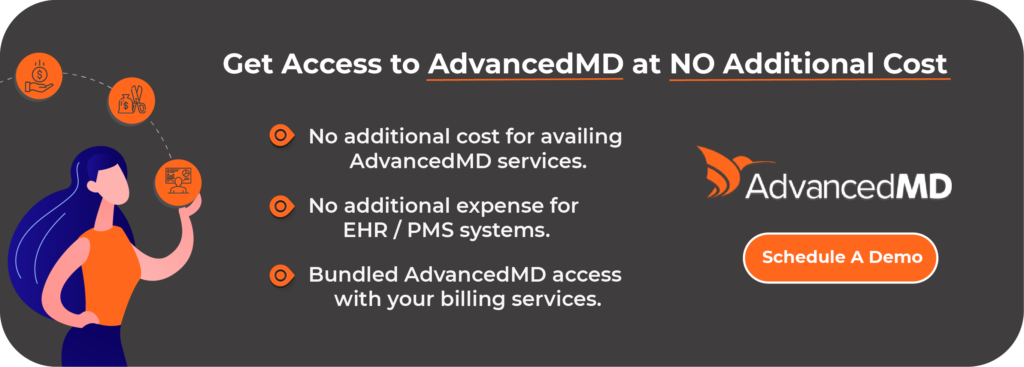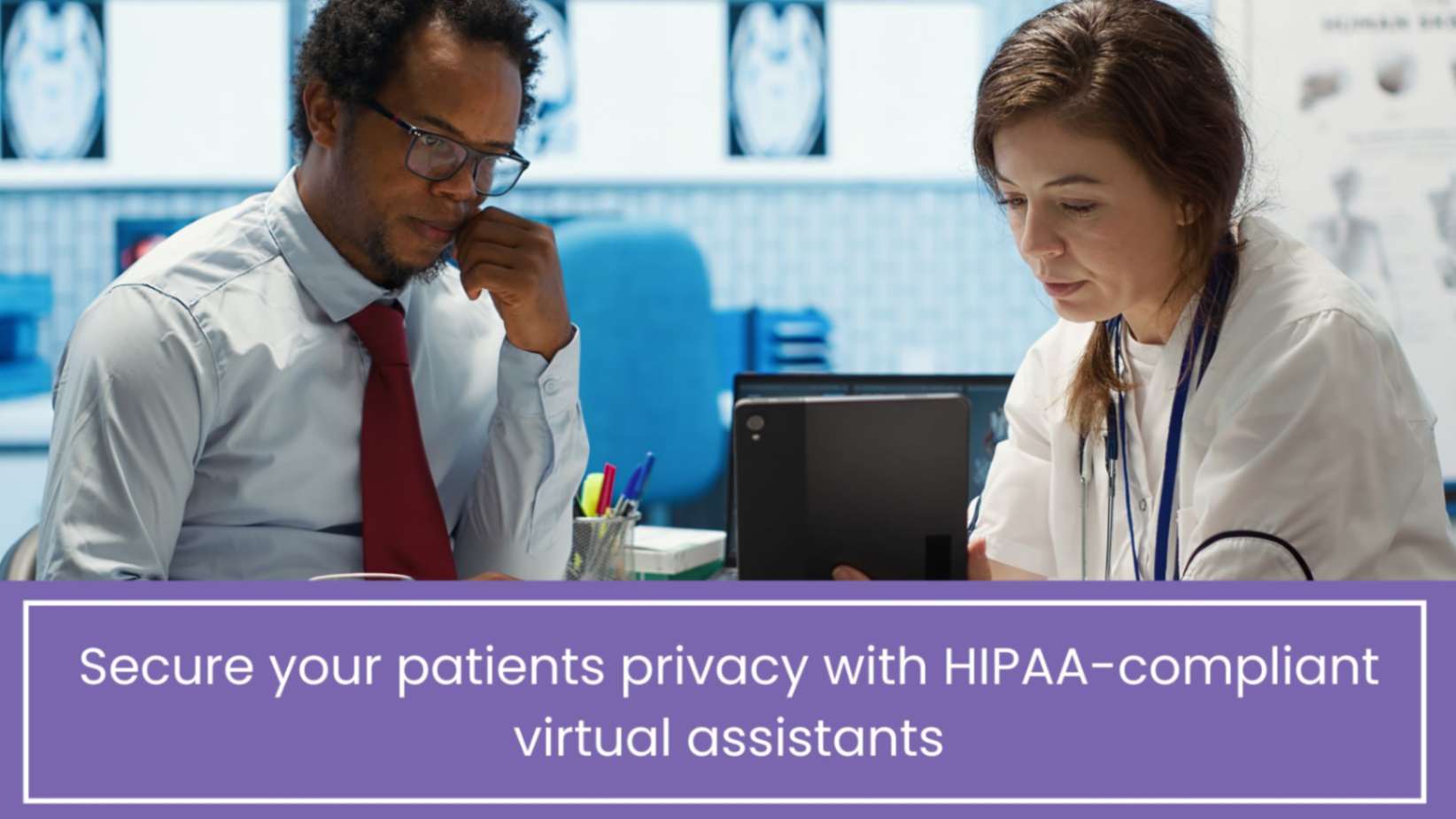Importance of Collecting Copay and Coinsurance Upfront
The success of your practice is dependent on multiple parameters, all of which are intertwined with each other. Patient satisfaction and care are some of the most important parameters and so is revenue collection. Both of them require different approaches but neither of them can succeed without the success of the other. You cannot provide excellent patient care without the sufficient funds and revenue required. Revenue cycle management in medical practices is a tricky task as you have to deal with insurance payouts and patient payments such as copay in case the patient has no insurance.
Table of Contents
Verify benefits and insurance eligibility
Given that the quality of patient care depends on the revenue, you should make sure that your patient is covered by an insurance plan. This helps fasten the claims process and get payments made to your service by the plan. However, not all of your patients are going to be covered by an insurance plan. It is important that you verify the insurance eligibility of your patients prior to the appointment so you can collect payment from the patients on the day of the appointment, in case they are not covered. Moreover, it is possible that your patients may be covered by an insurance plan but the benefits may be limited. What this means is that your services may not be covered by the plan and the patient will need to pay on the day of the appointment. Practolytics helps its clients with benefits and eligibility verification well before the patient’s appointment and provides you important financial information before the patient is seen.
Collect Payments at Point-of-Care
Patients that are not covered by insurance plans need to make payments during the appointment. There are quite a few different types of payments that the patient is going to end up having to pay, and it is important for payment management that you and the patient understand these terminologies. Understanding this along with verification of benefits lets your service know beforehand what the patient might be expected to pay. And you can relay this information to the patient during appointment reminder calls or emails.
What are Deductibles?
The payment that patients often pay, even those with insurance plans, are generally called copay and coinsurance. Before you can understand what those two are and what differentiates them, it is important to know what a deductible is.
A deductible is a set amount that a patient needs to pay before their insurance plan kicks into action. For instance, if the deductible on the patient’s plan is $1000, then the patient needs to pay that amount, and only after that will the insurance cover any of the patient’s expenses.
What is Co-Pay?
Copay is a set amount that your patient has to pay, each time they visit. This amount is payable regardless of the patient has met their deductibles. The copay can be as low as $10, and the amount differs based on who the visit was to, such as primary care physician or specialist. Copay is applicable since the first visit after the insurance, and it does not contribute to the payment towards the deductibles. For instance, if the patient’s deductible is $1000, and their copay is $50, the first time patient pays you $50, they will still have to pay $1000 and not $950 before the patient’s insurance takes over.
What is Co-Insurance?
Contrary to popular belief, most of the time insurance plans do not cover the patient’s entire medical expenses. They cover only a percentage of it, with the remaining being paid by the patient. The co-insurance costs are only added once the patient has met the deductibles and it usually is in the range of 80-20 percent, the 20 belonging to the patient.
What is an out-of-pocket expense?
The out-of-pocket expense is the amount that the patient has to pay because it is not covered by the insurance. Along with this amount comes an out-of-pocket maximum which refers to the maximum amount a patient pays out of their pocket. Once this maximum has been met, your patient is no longer expected to pay anything and insurance will cover the cost of their entire medical expenses.
How to Boost Payment Collection at Point-of-Care?
Now that the terminology has been explained, it is important for payment management at your practice that you know how to increase payment collections at the appointment. You and your patient may have a mutual understanding and trust, but it is not recommended to let payment collections be delayed, especially if the payment is from the patient itself. Instead, payment collection should be at point-of-care to avoid any delays, and you can do so by following the tips mentioned below.
Make payments process transparent
When letting the patients know about their appointments, it is also worth mentioning to them the copay or coinsurance that they are expected to pay for the appointment. This helps the patient come better prepared to make the payment. Moreover, it comes as less of a surprise than them having to find out at point-of-service. If a patient chooses not to pay, they can cancel the appointment beforehand, giving your practice an opportunity to fill the space. But patients can’t do that if they aren’t aware that they will need to pay.
Have consumer-friendly online payments
Most people in the world prefer contactless payment methods such as contactless cards and online payments. Ensuring that your service is equipped to handle these kinds of payments guarantees ease of payment for the patients, which then boosts payment collection at point-of-care. Practolytics provides all the tools required for you to process online payments in an easy and hassle-free manner, ensuring less paperwork and less administrative burden.
Train your office staff to have difficult financial conversations
Your staff should be able to understand the insurance jargon and what that means for the patient. They should be able to relay this information to the patients before the appointment, in a friendly and calm tone, as finances are generally a sensitive topic in healthcare. They shouldn’t come off as money-oriented with a lack of regard for patient health but should also be firm and clear enough that the patient understands it. This improves patient’s understanding and rapport with the practice and boosts patient payments during appointments.
ALSO READ – Pre-authorization: An Emerging Threat that Practice Should Keep a Watch On
Talk to Medical Billing Expert Today — Get a Free Demo Now!


